Sunflower
All Sunflower Content
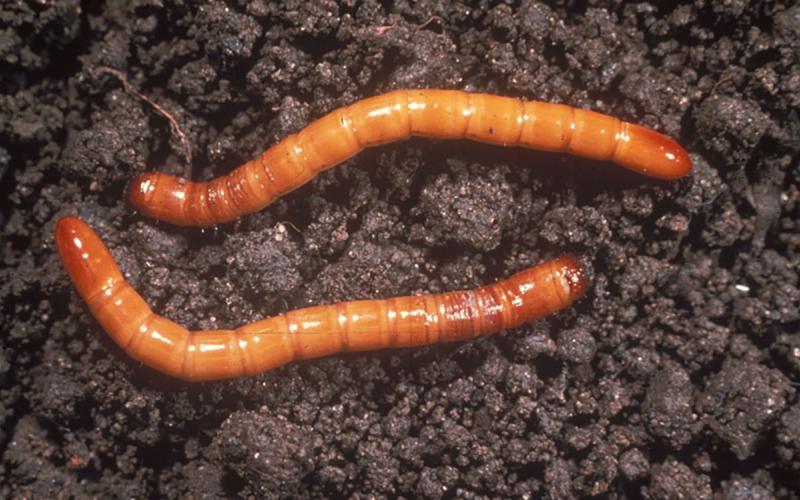
Wireworms Causing Problems in South Dakota Sunflowers
Some sunflowers in South Dakota are currently being attacked by wireworms. Wireworms are the larvae of click beetles, which are easily observed throughout the summer.
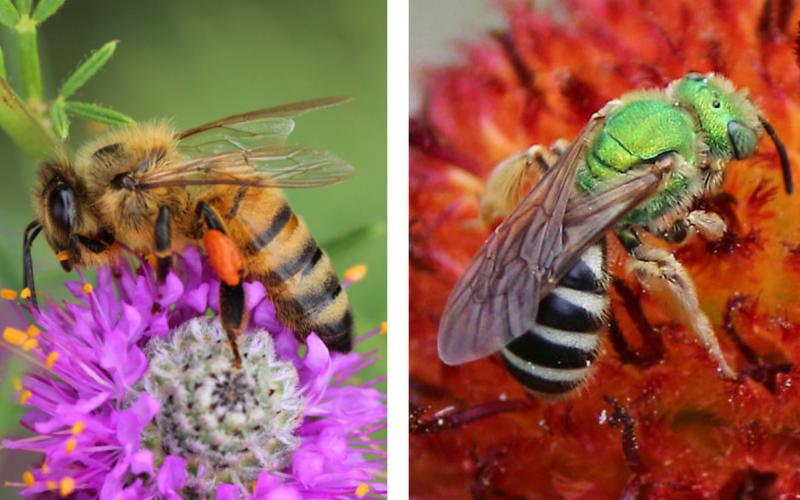
Beneficial Pollinators: Honey Bees and Bicolored Striped-Sweat Bee
With temperatures increasing in South Dakota, expect to see an increase of beneficial pollinators searching for blooming plants. Learn about two important pollinators, the honey bee and the native bicolored striped-sweat bee.
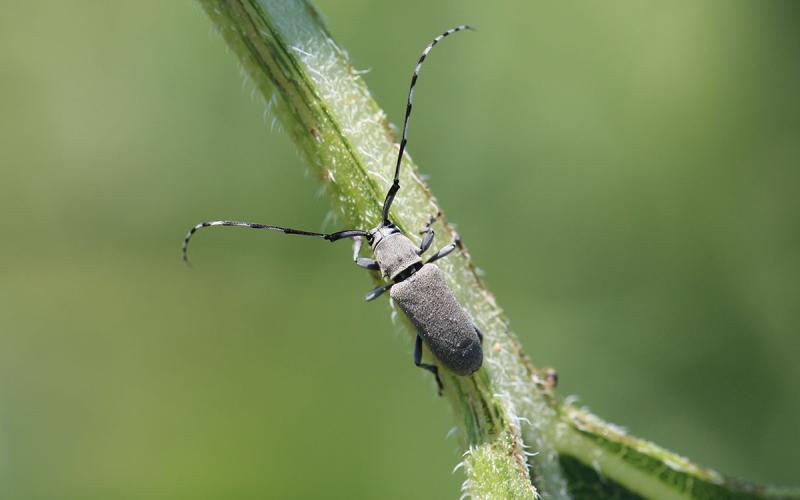
Will Dectes Stem Borer Be a Problem for Sunflowers in 2023?
Dectes stem borer are a major topic for sunflower management in South Dakota every year. If drought conditions persist, this pest may cause problems in sunflower if left unadressed.
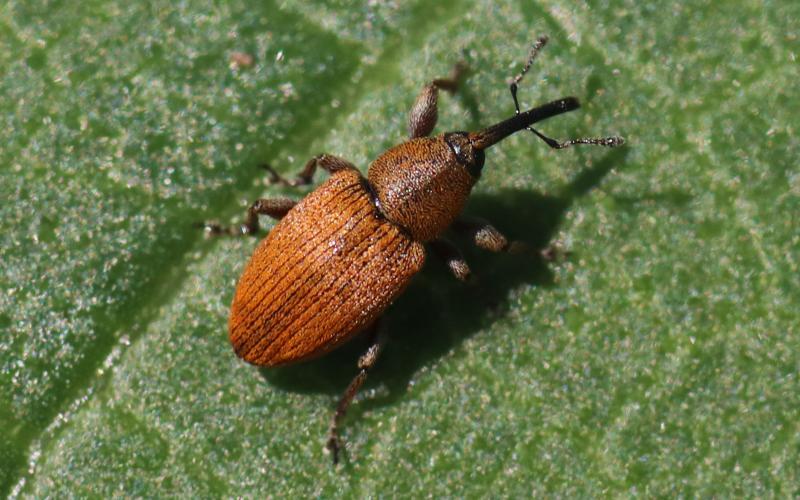
Planting Date May Be Our Most Powerful Tool for Red Sunflower Seed Weevil Management
In the last few years, red sunflower seed weevils have been the most economically damaging insect pest in South Dakota. To identify alternative management options, researchers at SDSU and the USDA-ARS lab in Fargo, ND conducted a study evaluating early planting dates as a potential strategy to reduce red sunflower seed weevil infestations.
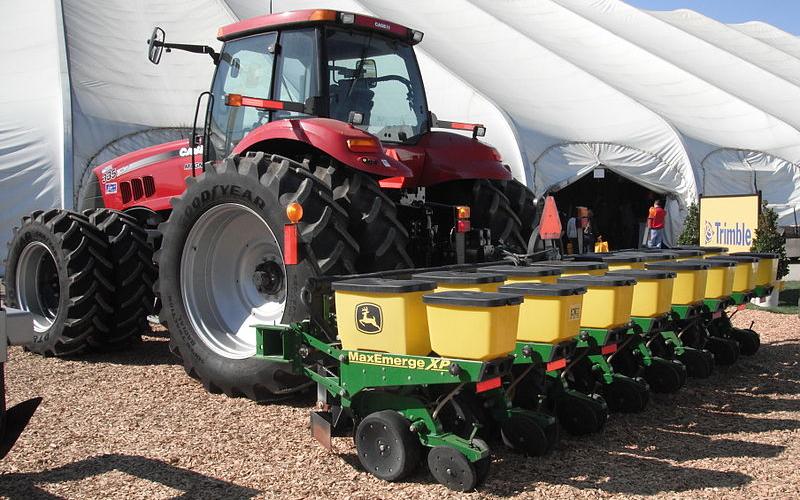
Why Precision Agriculture?
When precision agriculture comes into a conversation a few questions arise. Three of those questions might be: What is precision agriculture? How does precision agriculture make our farm more profitable? What do I do with all this data?
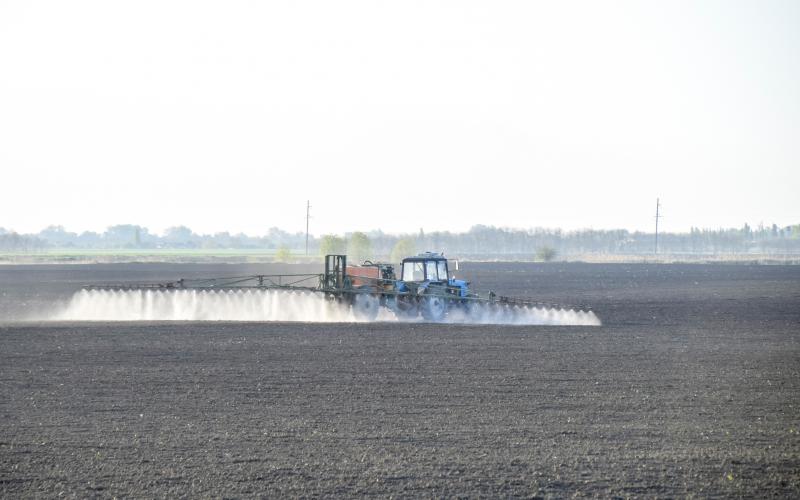
Herbicide Rotation Restrictions
This is a quick reference guide to common herbicides and their rotation restrictions for selected crops.
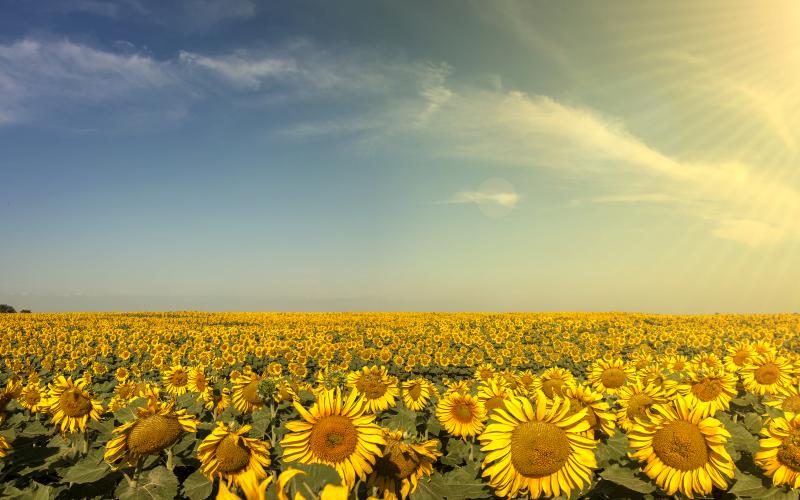
Best Management Practices for Sunflower Production
This is your unbiased, research-based guide to sunflower production, providing the latest recommendations to help increase yield, reduce input costs and protect your investment.
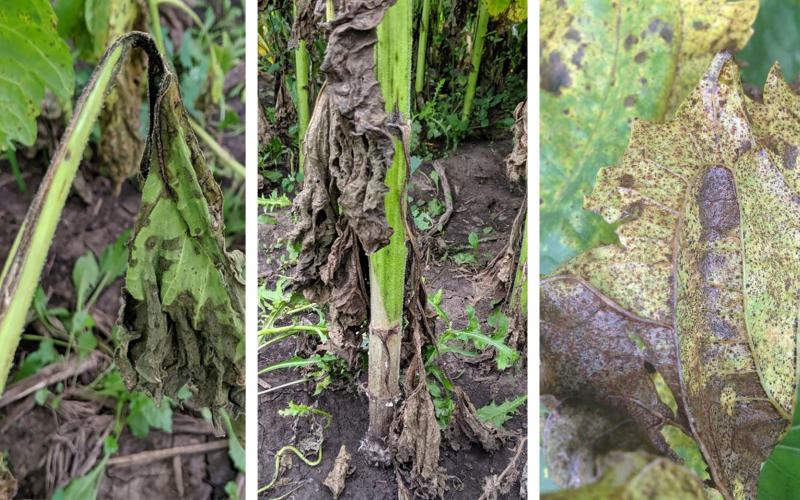
Bacterial Stem Rot, Sclerotinia Basal Rot and Sunflower Rust Developing in Sunflower
Sunflower scouted this week in Brookings and Kingsbury counties were found with bacterial stem rot, Sclerotinia basal rot and sunflower rust. This area has had plenty of moisture, which favors several diseases to develop in sunflower.
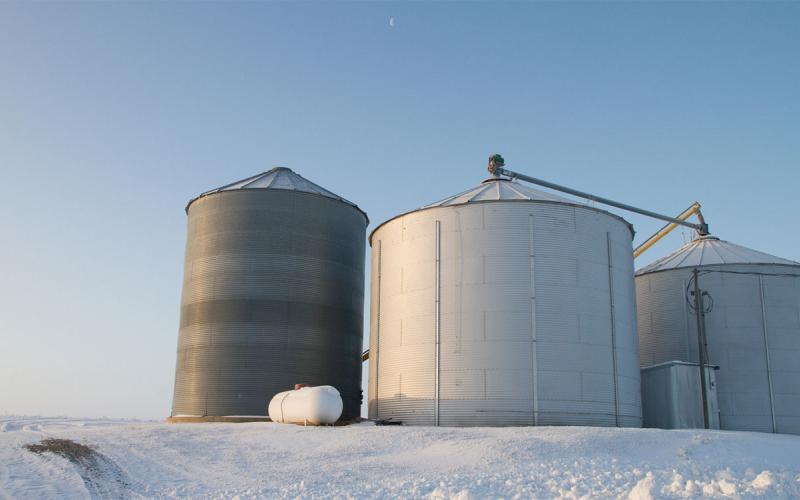
Forecasted Cold Temperatures Can Be Used To Cool Down Stored Grain
If temperatures are forecasted as being well below freezing, it would probably be a good time to start thinking about cooling stored grain. Cooling grain reduces the activity of stored grain insect pests and suppresses any mold growth that may otherwise occur.
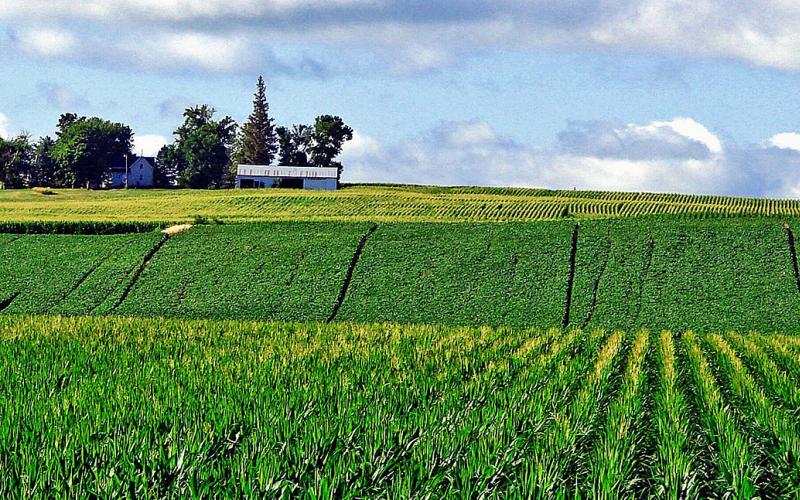
Crop Rotation in Farm Management
Crop rotation has long been considered an important farm practice. In 2013 producers had to stray from their well thought out crop rotations when the winter wheat crop in South Dakota failed.